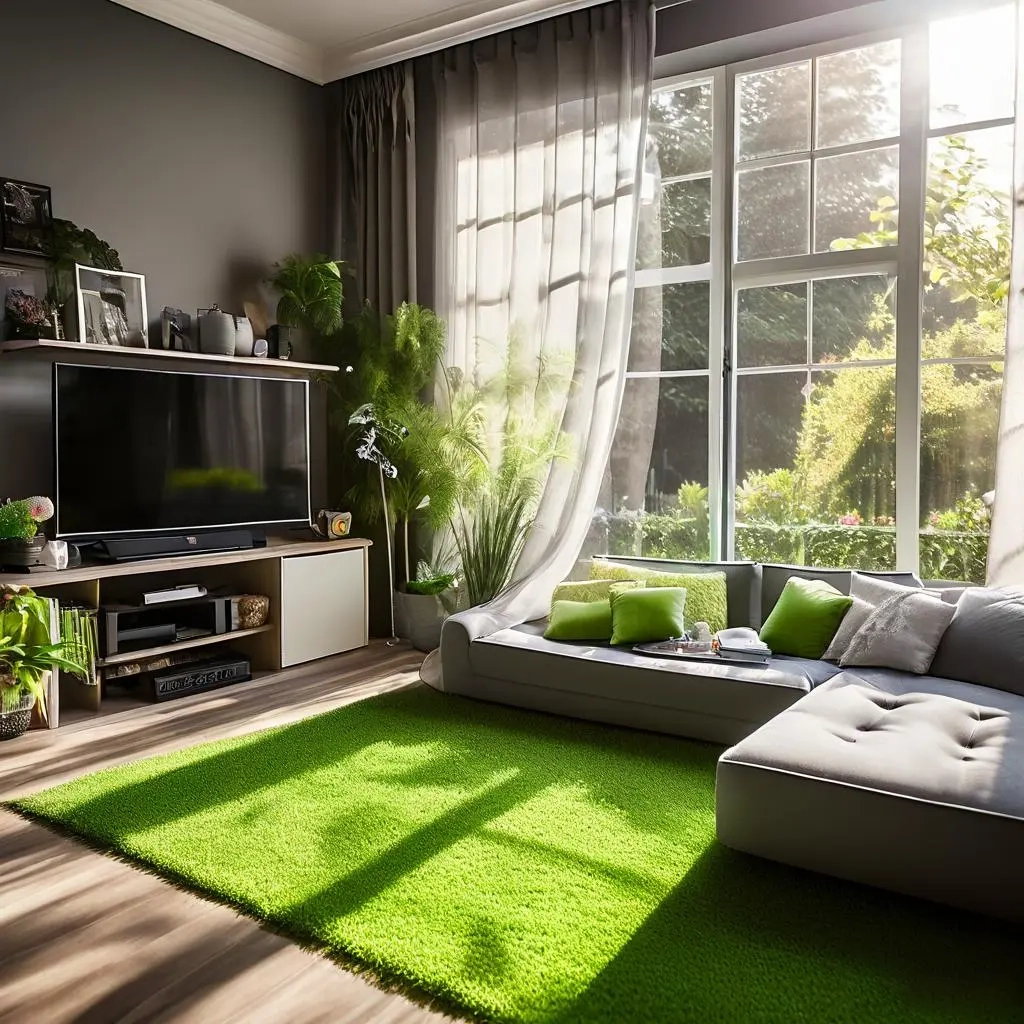
- Afrikaans
- Arabic
- Belarusian
- Bengali
- Czech
- Danish
- Dutch
- English
- Esperanto
- Estonian
- Finnish
- French
- German
- Greek
- Hindi
- Hungarian
- Icelandic
- Indonesian
- irish
- Italian
- Japanese
- kazakh
- Rwandese
- Korean
- Kyrgyz
- Lao
- Latin
- Latvian
- Malay
- Mongolian
- Myanmar
- Norwegian
- Persian
- Polish
- Portuguese
- Romanian
- Russian
- Serbian
- Spanish
- Swedish
- Tagalog
- Tajik
- Thai
- Turkish
- Turkmen
- Ukrainian
- Urdu
- Uighur
- Uzbek
- Vietnamese
cricket pitch synthetic turf
Dec . 04, 2024 16:49 Back to list
The Rise of Synthetic Turf in Cricket Pitches
Cricket, a sport deeply rooted in tradition, has seen significant innovations in recent years, particularly with the introduction of synthetic turf. The transition from natural grass to synthetic surface has transformed how the game is played, improving safety, playability, and sustainability. This article delves into the benefits, challenges, and future of synthetic turf in cricket pitches.
Advantages of Synthetic Turf
One of the primary advantages of synthetic turf is its ability to provide a consistent playing surface. Unlike natural grass, which can vary significantly depending on the weather, maintenance, and other environmental factors, synthetic pitches offer uniformity in bounce, spin, and pace. This consistency allows players to adapt more quickly, thereby enhancing performances. Moreover, it reduces the instances of unpredictable ball behavior, which can often lead to injuries or unfair advantages.
Additionally, synthetic turf requires significantly less maintenance than natural grass. Groundskeepers no longer need to spend countless hours mowing, watering, and fertilizing. Instead, synthetic pitches can withstand various weather conditions, from heavy rain to scorching sun, without losing their quality. This reduction in maintenance translates to cost savings for clubs and associations, allowing them to allocate resources to other critical areas, such as player development and community engagement.
Another notable benefit is the environmental impact. Synthetic turf is often made from recycled materials, contributing to sustainability efforts. Furthermore, with its reduced need for water and chemicals, cricket clubs can decrease their ecological footprint. In regions facing water scarcity, such as parts of Australia and South Africa, synthetic pitches present a viable solution to uphold the sport while conserving vital resources.
Challenges of Synthetic Turf
cricket pitch synthetic turf

Despite these advantages, the transition to synthetic turf is not without its challenges. One of the most significant concerns is player safety. Studies have indicated that synthetic surfaces can lead to a higher risk of certain injuries, particularly because the artificial fibers offer less give than natural grass. This is especially true in high-impact sports; however, advancements in turf technology are continuously addressing these issues, with manufacturers developing softer, more forgiving surfaces that aim to mitigate injury risks.
Moreover, the initial cost of installing synthetic turf can be intimidating for clubs, particularly at the grassroots level. While long-term savings are evident in terms of maintenance, the upfront investment can deter smaller clubs from making the switch. To address this, many national cricket boards and governing bodies are starting to subsidize the costs, recognizing the long-term benefits for the sport as a whole.
The Future of Synthetic Turf in Cricket
Looking ahead, the future of synthetic turf in cricket seems promising. As technology continues to evolve, we may see the development of even more sophisticated materials that closely mimic the benefits of natural grass while mitigating concerns over player safety. Companies are experimenting with hybrid solutions that incorporate both natural grass and synthetic fibers, aiming to combine the best of both worlds.
Furthermore, as international cricket boards promote the adoption of synthetic pitches, we are likely to witness a rise in training facilities that utilize these surfaces. This could lead to a broader acceptance of synthetic turf at all levels of the game, from local clubs to professional stadiums.
In conclusion, the adoption of synthetic turf in cricket pitches marks a significant advancement in the sport. With benefits ranging from consistent playing surfaces to reduced environmental impact, it is clear why many cricketing nations are embracing this change. While challenges remain, ongoing innovations promise to create safer, high-quality playing environments that enhance the sport for future generations. Embracing synthetic turf may well become a standard practice, reflecting cricket's ability to adapt and thrive in a changing world.
-
The Benefits of Artificial Turf for Indoors
NewsJul.15,2025
-
How Artificial Grass Suppliers Ensure Quality Products
NewsJul.15,2025
-
Artificial Grass and Pets: A Space for Relaxation
NewsJul.08,2025
-
Balcony & Outdoor Decoration with Artificial Grass
NewsJul.08,2025
-
Best Indoor Artificial Grass for Home
NewsJul.07,2025
-
Best Pet Turf for Dogs: Safe & Durable Artificial Grass Options
NewsJul.07,2025
Products categories









